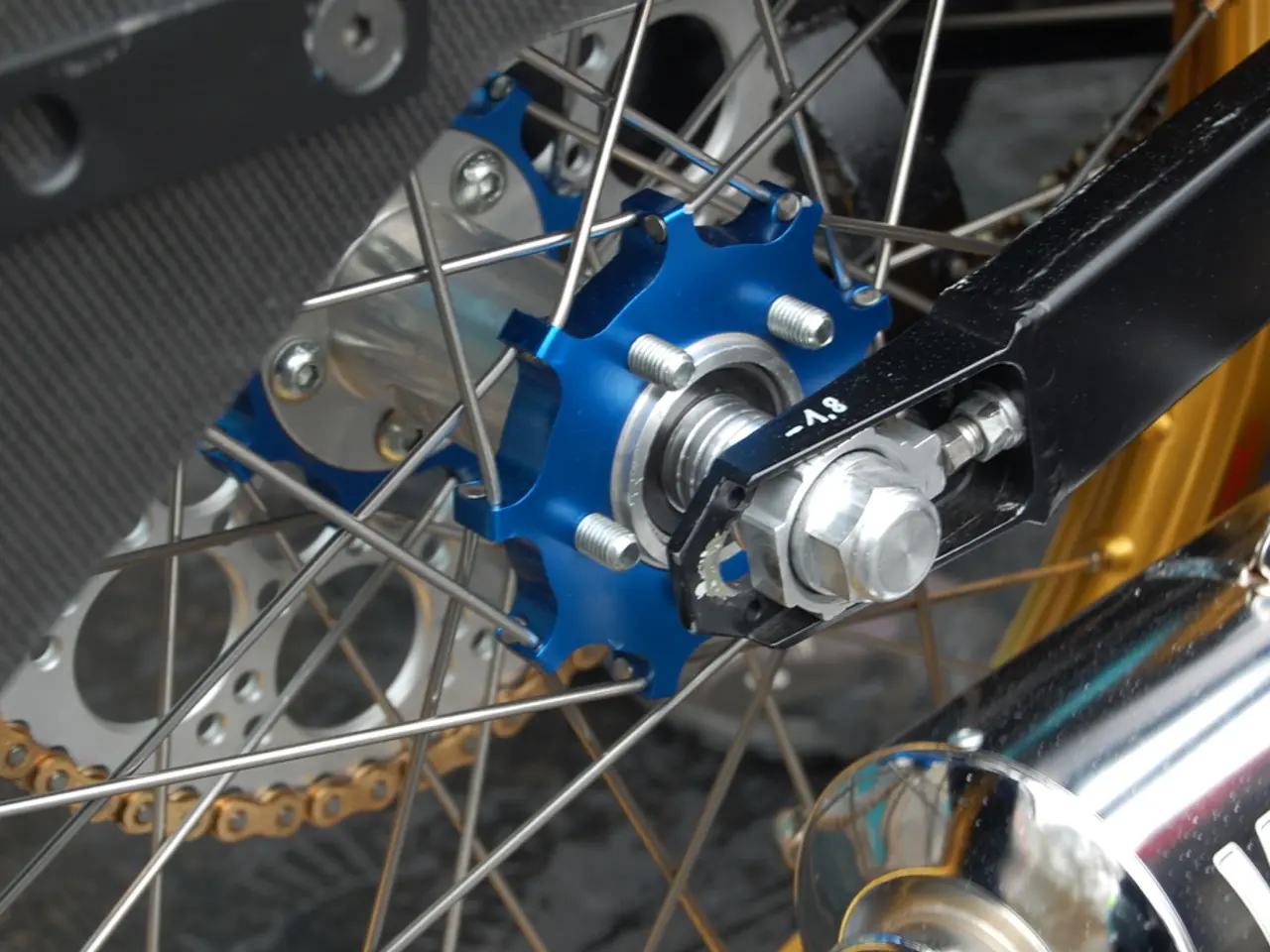Da Vinci's Aerial Design Outshines Modern Drones in Terms of noise and power efficiency
In a groundbreaking development, researchers at Johns Hopkins University have revisited Leonardo da Vinci's 15th-century design for an "aerial screw" as a potential solution to the noise pollution caused by modern drones. The study, published on the ArXiv preprint server, suggests that da Vinci's design offers significant advantages over modern drone propellers in terms of mechanical power efficiency and noise reduction.
The aerial screw's larger surface area allows it to generate the same amount of lift as modern propellers but by rotating more slowly. This slower rotation results in reduced mechanical power requirements compared to the faster-spinning blades of contemporary drones. Moreover, the unique helical design of the aerial screw minimizes the formation of turbulent air vortices, the primary source of the loud buzzing noise in modern drones, leading to considerably quieter operation.
According to the study's lead author, Suryansh Prakhar, the aim is to reduce aeroacoustic noise for food and parcel delivery using drones in densely populated areas. Prakhar, who is graduating soon, highlighted that drones are increasingly prevalent and are becoming a source of environmental noise pollution. He added that the bouncing of drone noises off the ground makes them even louder and longer-lasting, posing a significant challenge in noise-sensitive urban environments.
The rotary motion of the aerial screw generates lift, validating the overall concept behind da Vinci's design. However, it is important to note that the original aerial screw was never practically tested in da Vinci’s time due to human power limitations and material constraints. Further physical prototyping is needed to fully realize these theoretical benefits in real drones.
The FPCL lab, where the study was conducted, aims to gain aerodynamic and aeroacoustics insights that could help improve current propeller design. The team modeled the aerial screw in 3D using CAD and computed the resulting flow and aeroacoustics mathematically, rather than through experimentation.
Researchers are exploring solutions to reduce drone noise, including the use of novel construction materials and the adaptation of drone designs. The team at Johns Hopkins University is not the first to revisit da Vinci's design. In 2021, a review concluded that drone noise is substantially more annoying than road traffic or aircraft noise at the same level, highlighting the urgency for noise reduction solutions.
The "aerial screw" design, initially sketched by da Vinci, has the potential to revolutionize the drone industry, offering a quieter, more efficient alternative to current propeller designs. As the demand for drone technology continues to grow, solutions like the aerial screw could play a crucial role in making drones a more acceptable part of our urban landscapes.
- The exploration of Leonardo da Vinci's 15th-century "aerial screw" design by research scientists at Johns Hopkins University could provide a solution for education and self-development about reducing noise pollution in future generations.
- With the burgeoning use of drones in the food and parcel delivery sector, the need for quieter and more efficient propellers becomes crucial for the environment.
- In the realm of engineering, further physical prototyping is essential to fully actualize the theoretical benefits of the "aerial screw" design in current drone technology.
- As the drone industry expands, the adoption of innovations such as the "aerial screw," providing quieter and more efficient propeller designs, could significantly contribute to the business sector and the growth of home-and-garden logistics.
- By focusing on data-and-cloud-computing simulations, researchers can advance their understanding of the aeroacoustic properties of the "aerial screw," potentially improving science- and technology-related fields.
- The art of geology, focusing as it does on the natural world, could benefit from the reduction in noise pollution caused by drones, as less disturbance allows for more accurate data gathering.
- As many urban environments continue to become densely populated, it is essential to address noise pollution caused by drones to maintain a balanced and harmonious lifestyle.
- Travel, whether for commercial or leisure purposes, could be positively impacted by the quieter operation of drones equipped with the "aerial screw," reducing overall noise pollution along travel routes.
- In the realm of fashion-and-beauty and communications, quieter drones could provide innovative and efficient solutions, enabling smoother film and photography shoots and providing series coverage of live events.
- The space-and-astronomy sector could witness the implementation of aerial screw designs in smaller drones for research projects, reducing the Infrasound effects associated with modern propellers for more accurate data collection.




